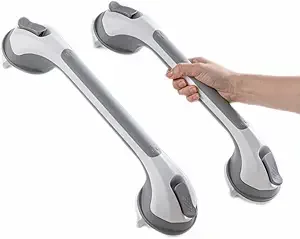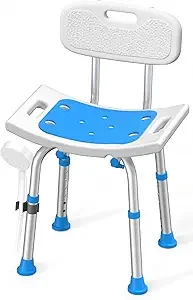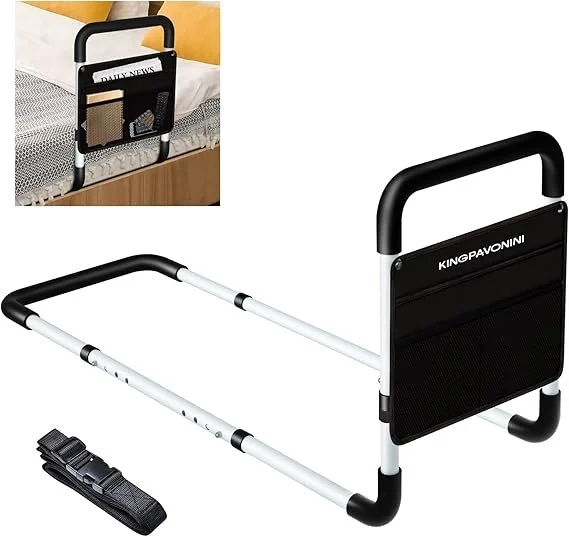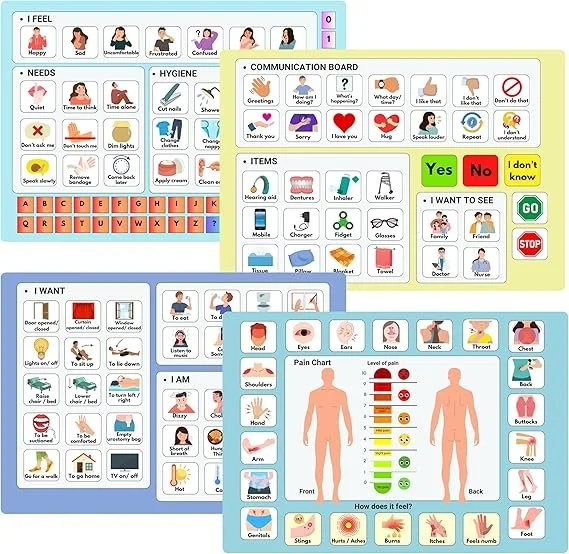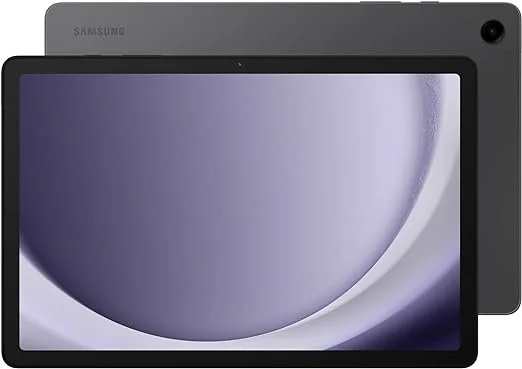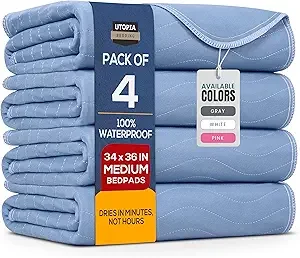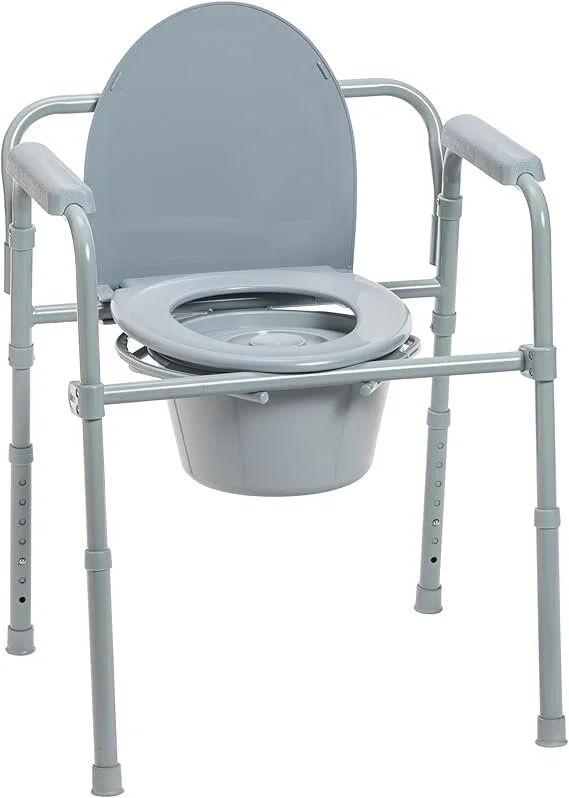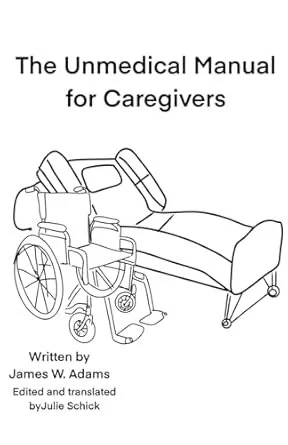Stroke Recovery at Home: Practical Tools & Tips Every Family Caregiver Needs
When Hospital Ends, Home Begins
The day your loved one comes home after a stroke, life changes. The hospital may have given you discharge papers, but those papers don’t tell you how to get someone in and out of the shower safely, how to help them eat when their grip is gone, or how to understand them when the words just don’t come.
Most of the time, it’s not nurses or therapists handling this — it’s family and friends, suddenly in the role of caregiver.
This guide isn’t medical advice. It’s practical, plain-talk tips and tools that many caregivers have found helpful at home. The goal? To make stroke recovery more manageable, restore dignity to your loved one, and help you survive the daily grind without burning out.
What Stroke Recovery at Home Looks Like
Recovery touches every part of life. The struggles aren’t usually about one big thing — they’re about the dozens of small frustrations that add up every single day.
Moving safely from chair to bed.
Finding a way to eat without spills or needing to be fed.
Communicating when speech is blocked.
Preventing falls, skin issues, or middle-of-the-night chaos.
The good news? There are tools that actually help.
Mobility & Safety Tools That Make a Difference
Mobility is the first mountain most caregivers face. Without the right support, moving someone around is exhausting and dangerous for both of you.
Helpful Tools for Safer Mobility:
👉 or Rollator with Seat – Gives stability, plus a place to rest.
Grab Bars & Shower Chairs – Essential for bathroom safety. A simple grab bar can prevent a disaster.
👉 Grab Bar Kit
👉 -Slip Socks - Cheap but powerful for fall prevention.
💡 Contextual Note: These aren’t about “treatment.” They’re about giving your loved one the independence to move safely and giving you peace of mind. Not medical advice — just what caregivers have found makes daily life smoother.
Speech & Communication Aids (Low-Tech to High-Tech)
When words don’t come easily, both caregivers and stroke survivors feel stuck. Even a small breakthrough in communication can make daily life less frustrating.
Communication Tools That Help:
Picture or Word Boards – Point-and-choose communication made simple.
👉 Laminated Communication Board
Speech Therapy Workbooks or Flashcards – Practice exercises to rebuild language skills.
👉 Speech Therapy Workbook
Affordable Tablets with Apps – Some apps turn a tablet into a voice tool.
👉 Budget Tablet
💡 Contextual Note: These aren’t medical prescriptions. They’re practical tools many families lean on to bridge the gap in everyday conversations.
Eating & Independence: Adaptive Utensils That Save Dignity
Few things sting more than losing independence at mealtime. Thankfully, adaptive utensils can make eating possible again — and give back dignity in the process.
Game-Changing Mealtime Helpers:
Built-Up Handle Utensils – Easier to grip for weak hands.
👉 Built-Up Spoon & Fork Set
Rocker Knives – Let survivors cut food one-handed.
👉 Rocker Knife
Universal Cuffs – Secure utensils to the hand to prevent dropping.
👉 Universal Cuff
💡 Contextual Note: These small tools aren’t about “therapy.” They’re about restoring independence and dignity at the table. Not medical advice — just real solutions caregivers swear by.
Practical Caregiver Hacks You Won’t Find in Pamphlets
Hospitals prepare people for discharge — not for the daily grind at home. These small hacks make a huge difference:
Waterproof Bed Pads – Save yourself from endless laundry.
👉 Positioning Aids – Prevent skin breakdown without exhausting yourself.
Bedside Commodes – Essential for nighttime emergencies.
👉 Bedside Commode
💡 Contextual Note: None of this is glamorous. But these simple tools are the difference between chaos and manageable caregiving.
Caregiver Stress Is Real — and Normal
Caring for someone after a stroke is more than physical work. It’s emotional, heavy, and often isolating.
Tag-team when you can. Even a short break matters.
Accept help. Meals, errands, laundry — don’t do it all yourself.
Find community. Online caregiver groups are lifesavers when you feel alone.
Remember: you can’t care for them if you completely drain yourself.
Final Word: You Don’t Have to Do This Alone
Stroke recovery at home is overwhelming, but you’re not powerless. With the right tools, tips, and mindset, you can create a safer, more dignified environment for your loved one — and protect your own health along the way.
If you’re craving more real-world hacks and straight-talk caregiver advice, check out my book:
👉 The Unmedical Manual for Caregivers.
I wrote it as the guide I wish I’d had — no fluff, no jargon, just the practical, hard-won lessons that make caregiving survivable.
✅ Affiliate Disclaimer: Some product links in this post are affiliate links. If you buy through them, it helps keep resources like this blog alive — at no extra cost to you.

